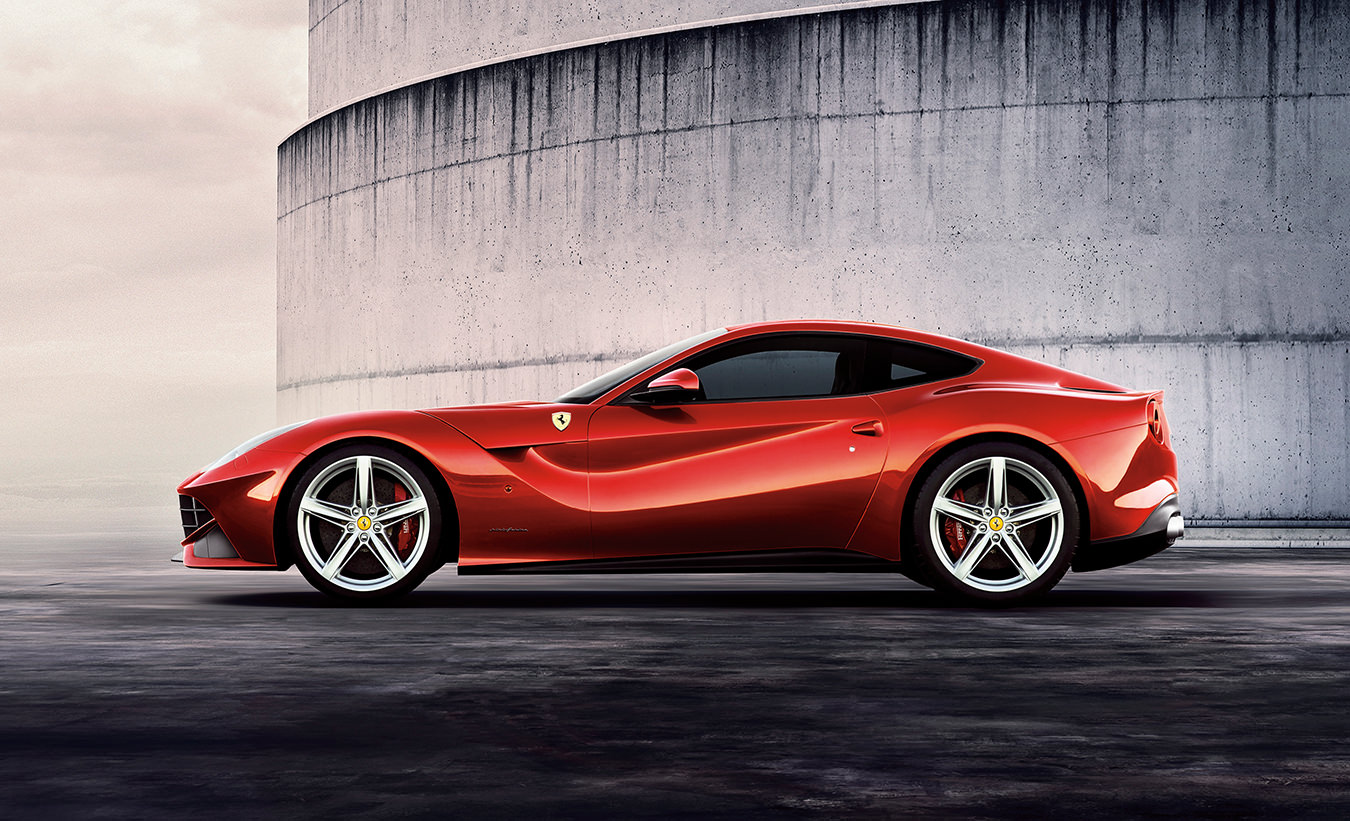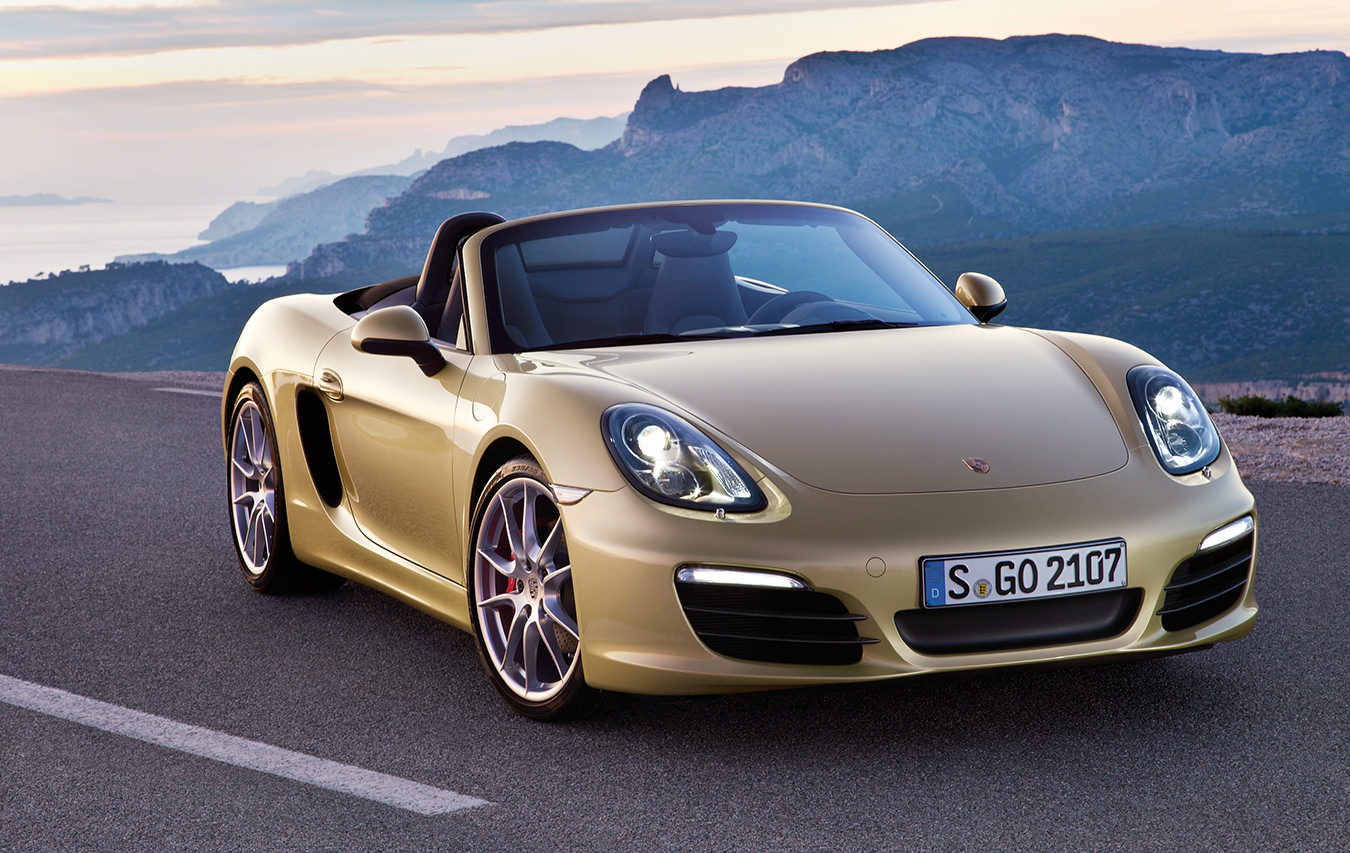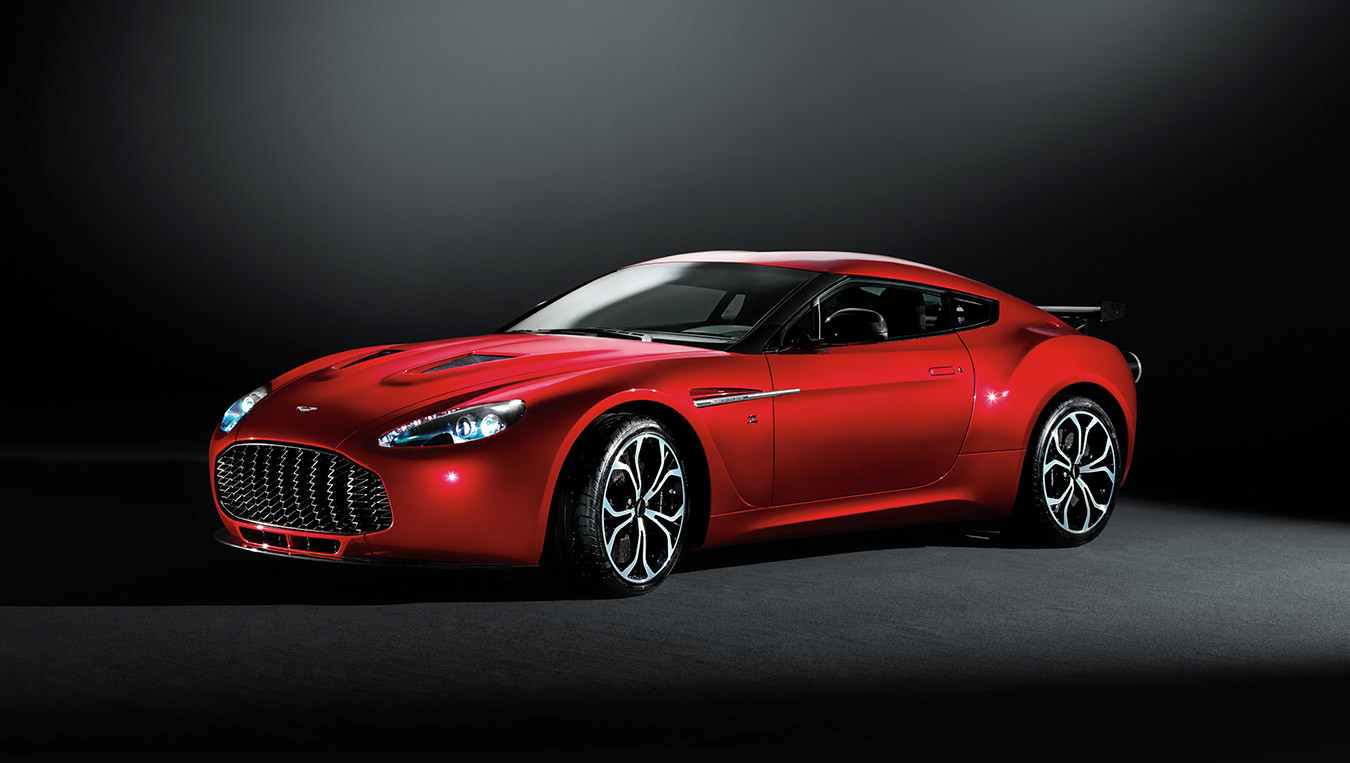A New Standard for Super-SUVs
The 2025 Aston Martin DBX707 is a worthy successor.

The idea of a “super-SUV” is not a new one. If you look back into automotive history, you find examples such as the original Porsche Cayenne, BMW X5, and Infiniti FX45. Over the past 20 years or so, the standard for performance has edged ever higher—not just in terms of acceleration but in all areas.
Now, we have the release of the 2025 Aston Martin DBX707, a revised version of the model that first appeared just two years ago. Why the need for an update? Customer feedback on the infotainment system was one reason. The engineers’ relentless desire for more performance was the other.
The Aston is powered by a twin-turbocharged four-litre V-8 engine, sourced from Mercedes-AMG, that develops 698 horsepower and 664 lb-ft of torque. (The “707” in the name comes from the engine’s 707 brake horsepower.) This engine is connected to a nine-speed “wet clutch” automatic transmission and an active all-wheel drive system.
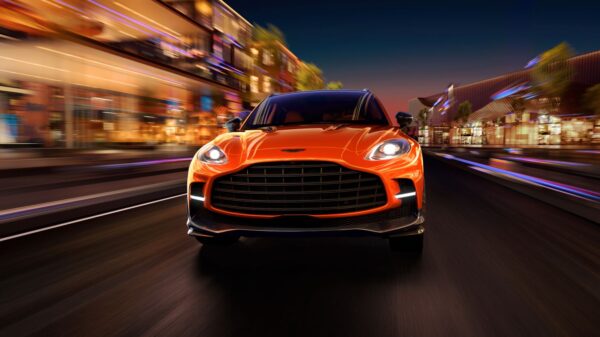
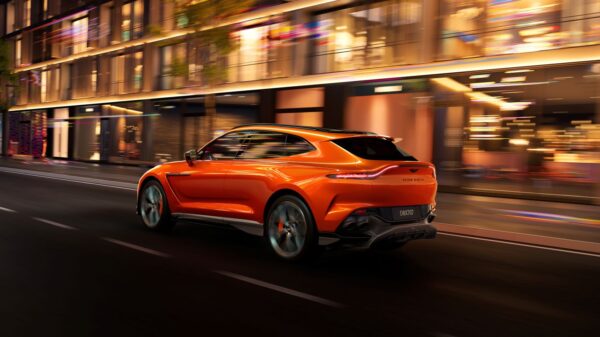
Performance is profound, particularly for an SUV. The DBX707 can accelerate from 0-100 kilometres per hour in 3.2 seconds and achieve a top speed of 311 kilometres per hour. These numbers have not changed from the previous version, but there are some notable revisions. Chief engineer Andy Tokley and his team tackled the air suspension system, the exhaust system and added plenty of new technology.
“Performance is something that never stands still,” Tokley said during the launch of the new DBX707, held in Edinburgh and the surrounding countryside. “I drive the [vehicle] constantly, everything from running family errands to going on the track. If you’re not moving forward with the engineering, you risk being leapfrogged.”
The drive northwest to the Gleneagles Resort, a journey of some 80 kilometres, did not allow us to test the veracity of the top speed claim—not even close. But what it did serve to illustrate is that a sizeable SUV, when engineered by people operating at the height of their abilities, can be a great driver’s car.
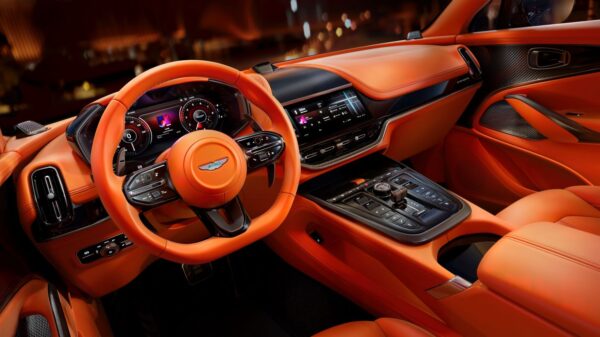
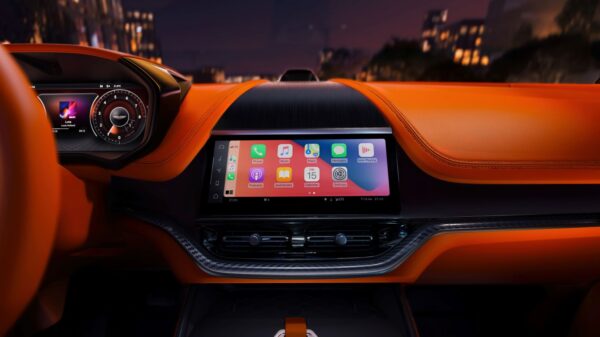
The roads in rural Scotland are narrow and winding. In this setting, the handling of the Aston stands out, the revised suspension system better able to carve corners and maintain composure. Another revision, the retuned exhaust system, delivers stronger tones at lower engine speeds and a raucous bark under power.
Although the DBX707 is more suited to a racetrack than to an unpaved obstacle course, we also learned that it can go off-road when called upon. We arrived at a sheep pasture filled with deep ruts, rock-strewn paths, and steep downhill sections. Even though the Aston was riding on all-season tires, it comfortably cleared all obstacles.
The vehicle’s all-wheel drive system can send all the torque to the rear wheels or half to the front wheels. There’s also a hill descent control system and a drive mode tailored for off-roading, which raises the ride height by 45 millimetres.

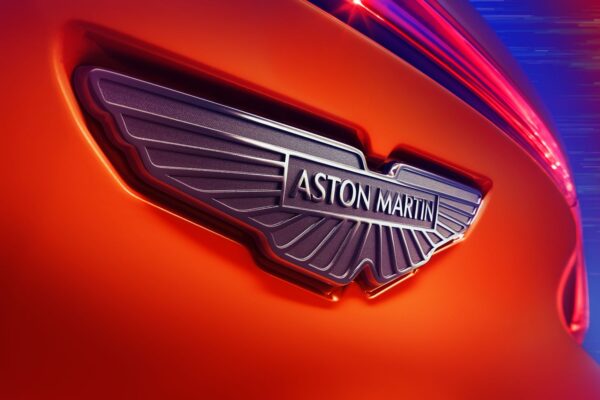
In terms of comfort and convenience, the latest DBX features a new 12.3-inch instrument panel and 10.25-inch central touchscreen. There are also three new interior trim packages, each designed to take the level of luxury up a notch or three. The passenger cabin is luxurious, driver-focused, and spacious, with more room for back-seat passengers than any SUV within the competitive set.
The 2025 Aston Martin DBX707 is a worthy successor to the original super-SUVs. More than that, it could well be the very best SUV of its kind right now.

